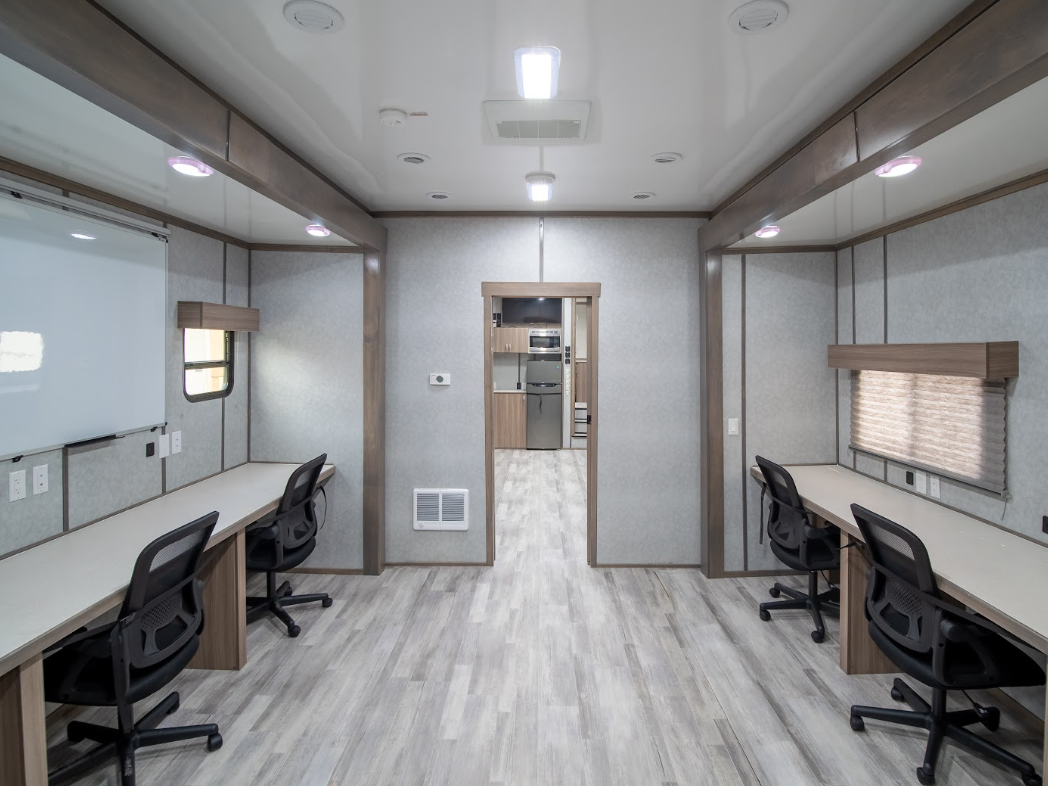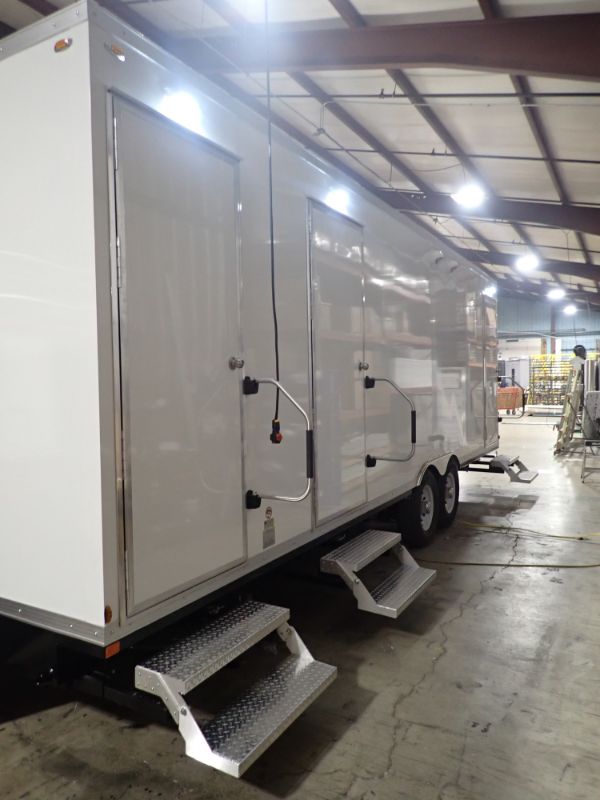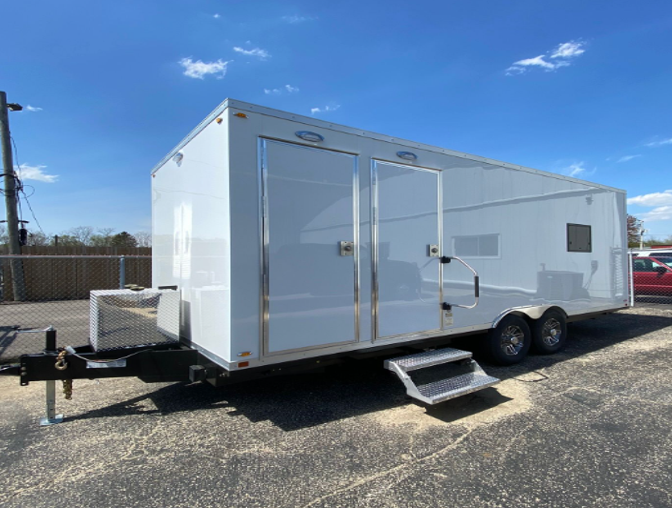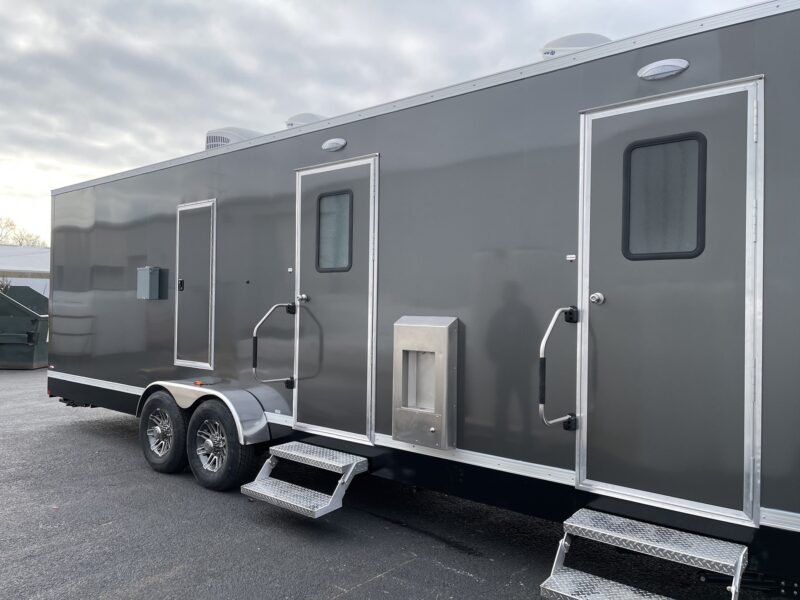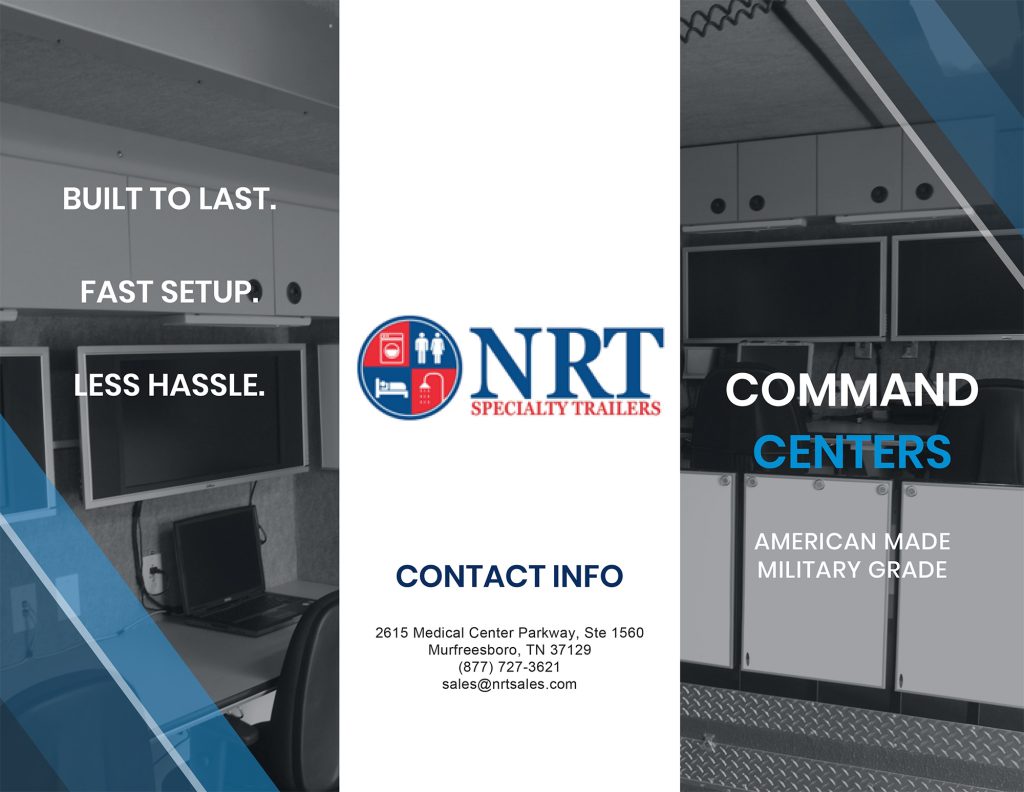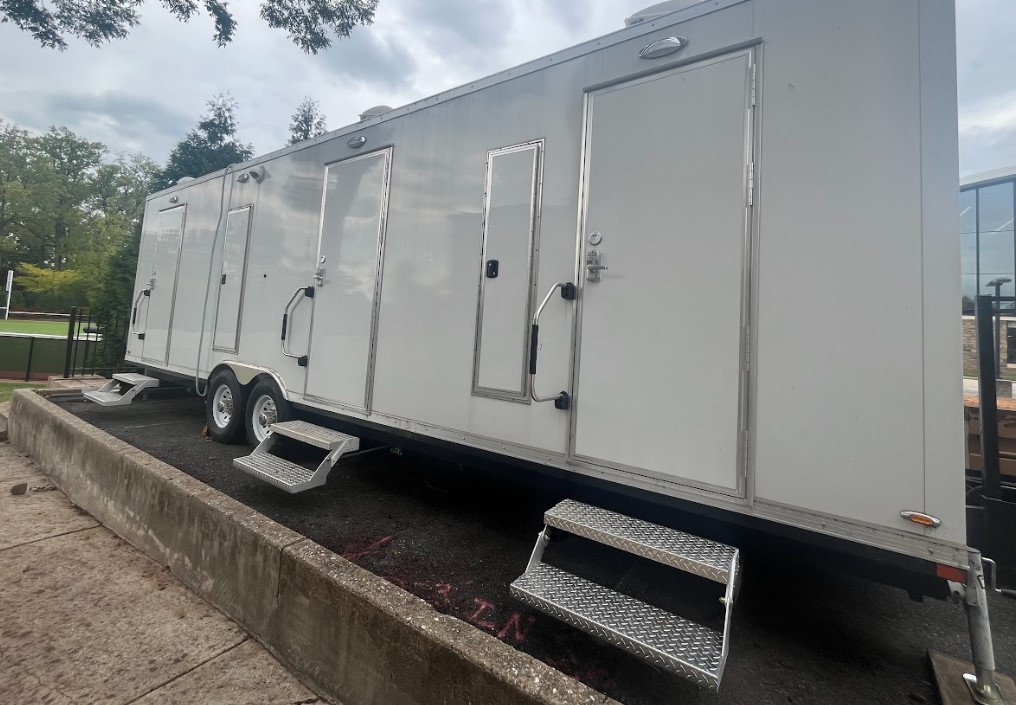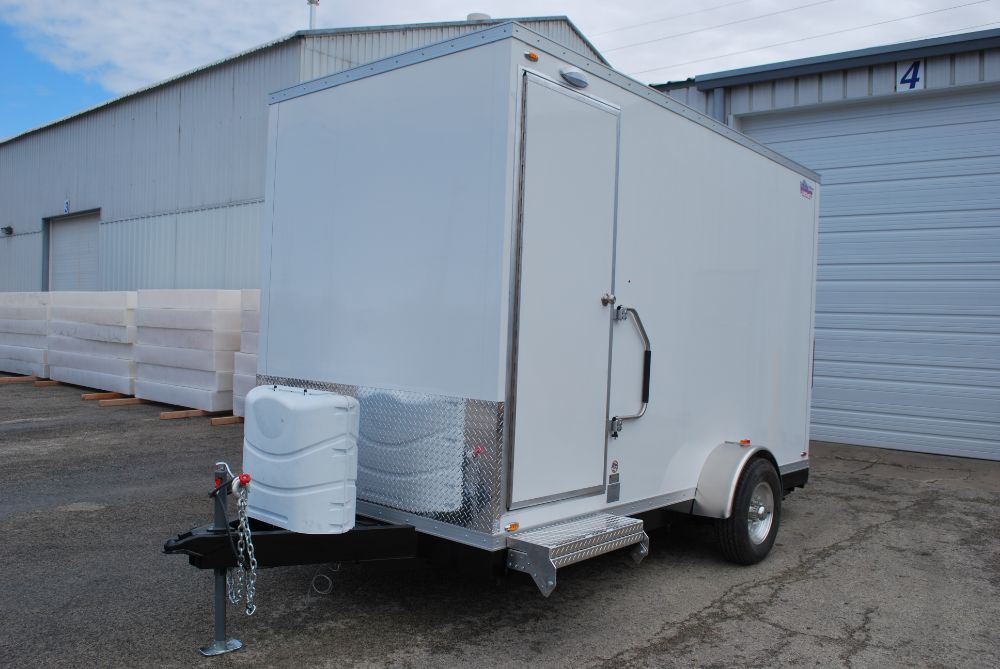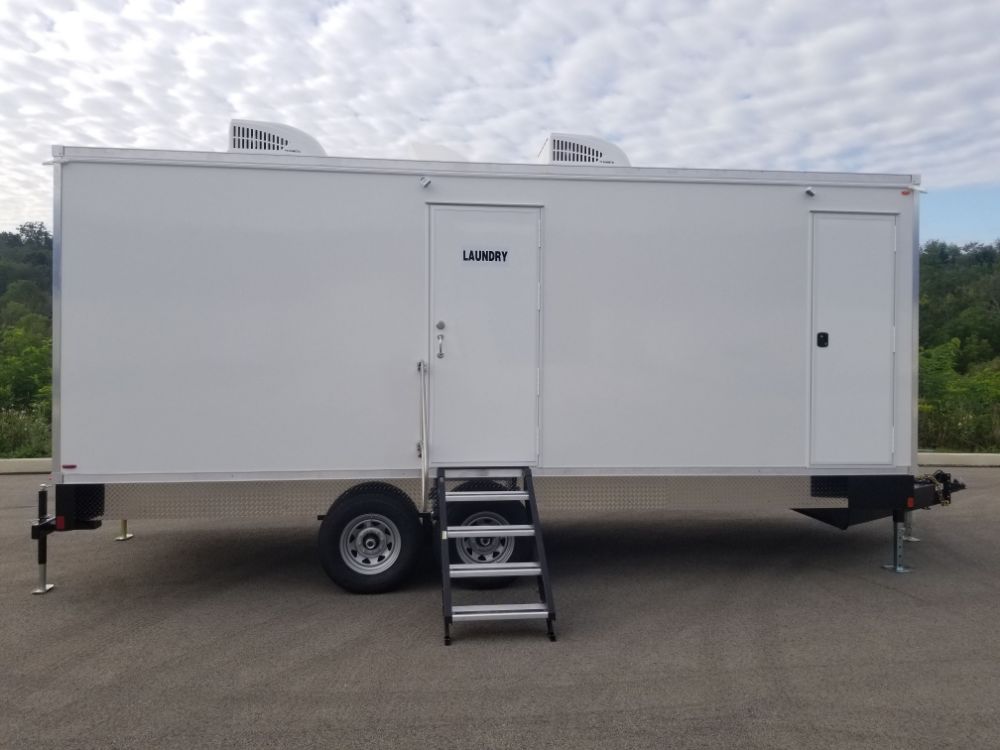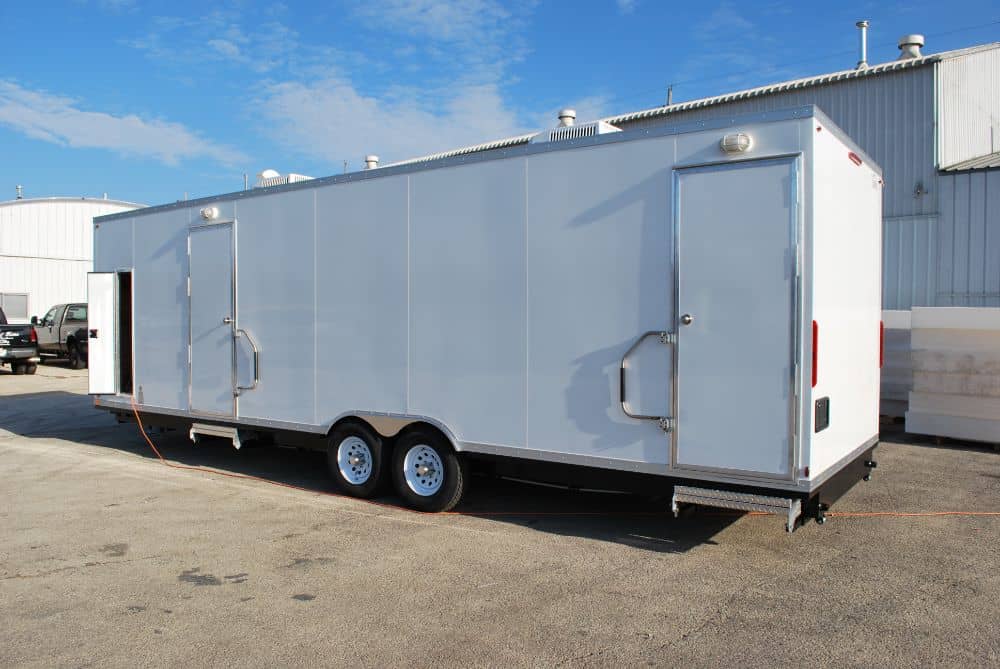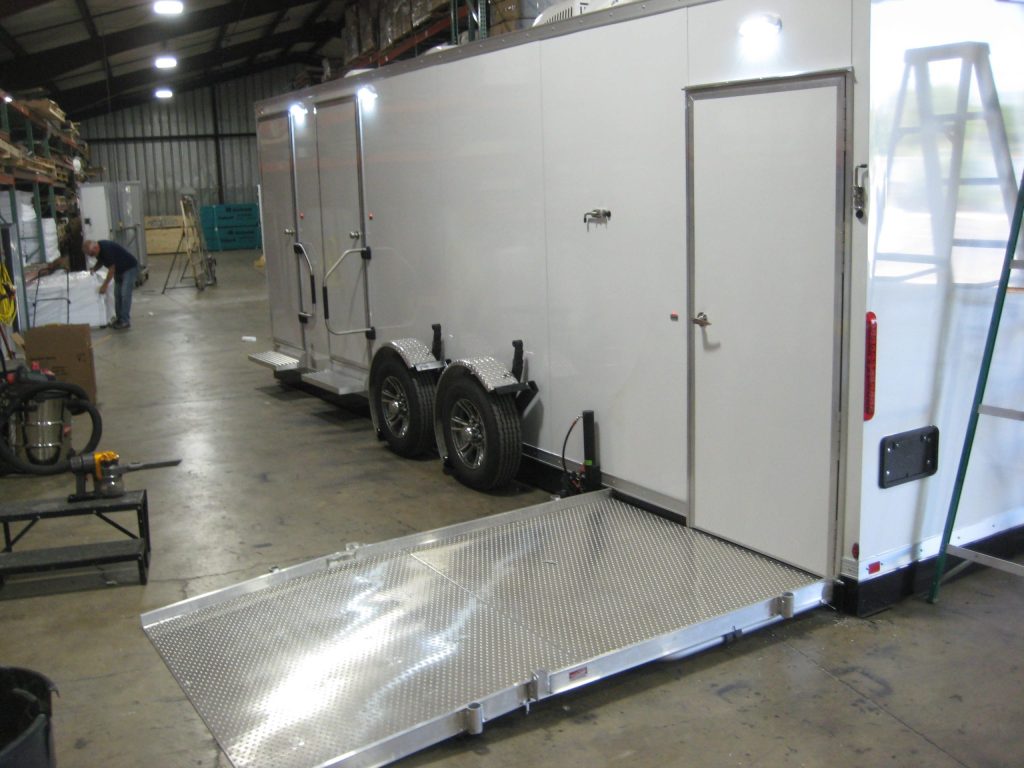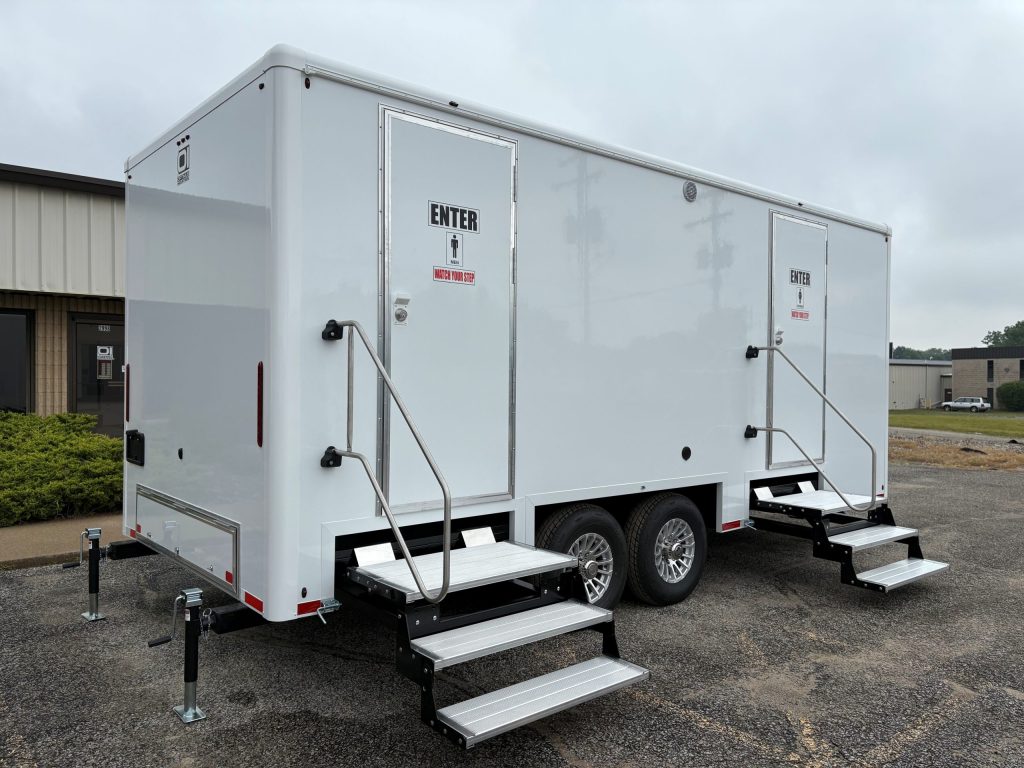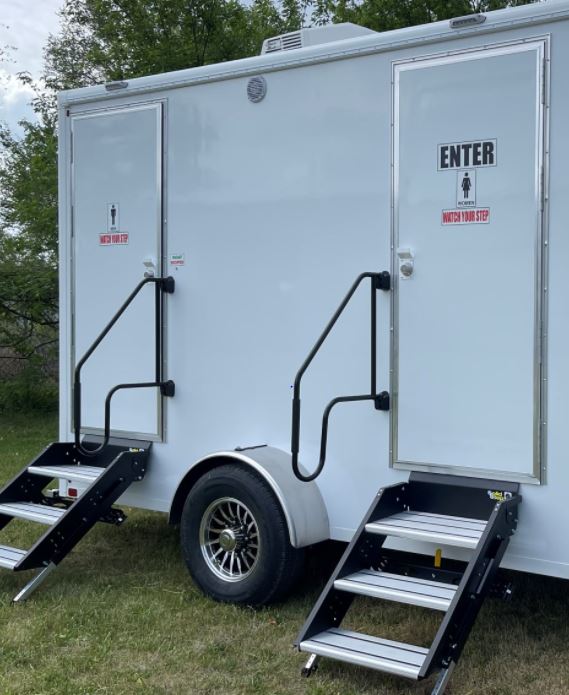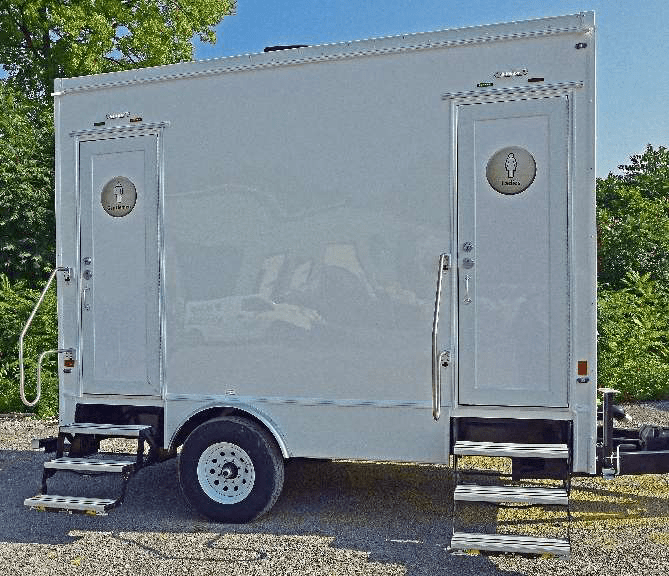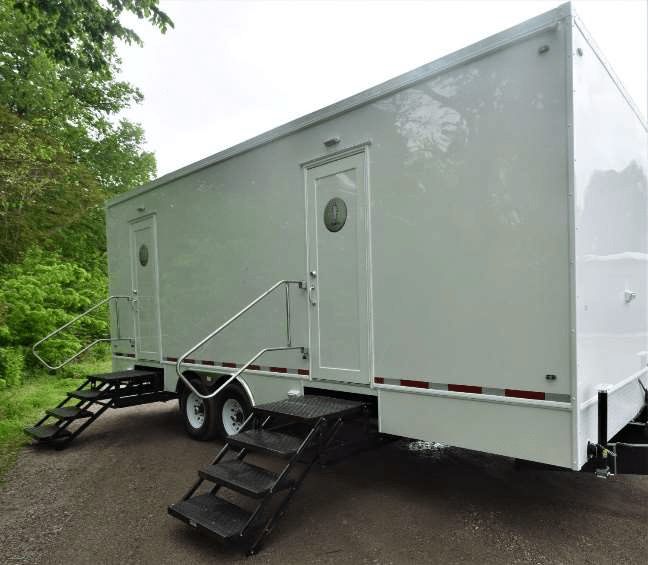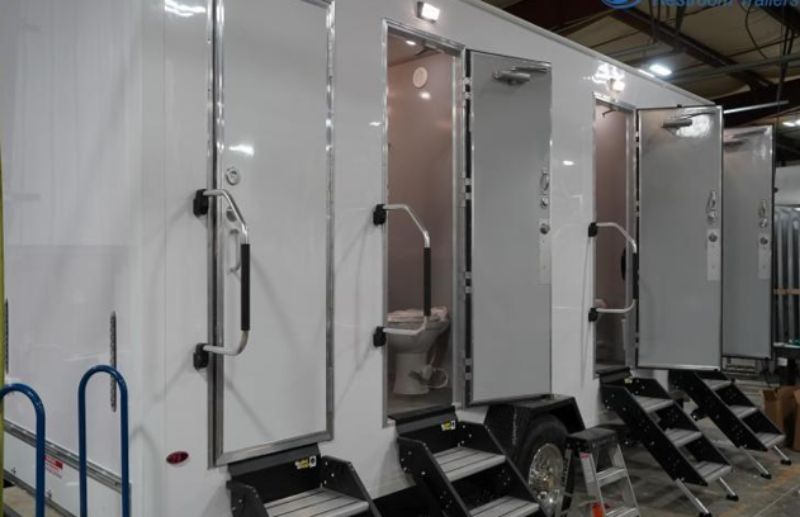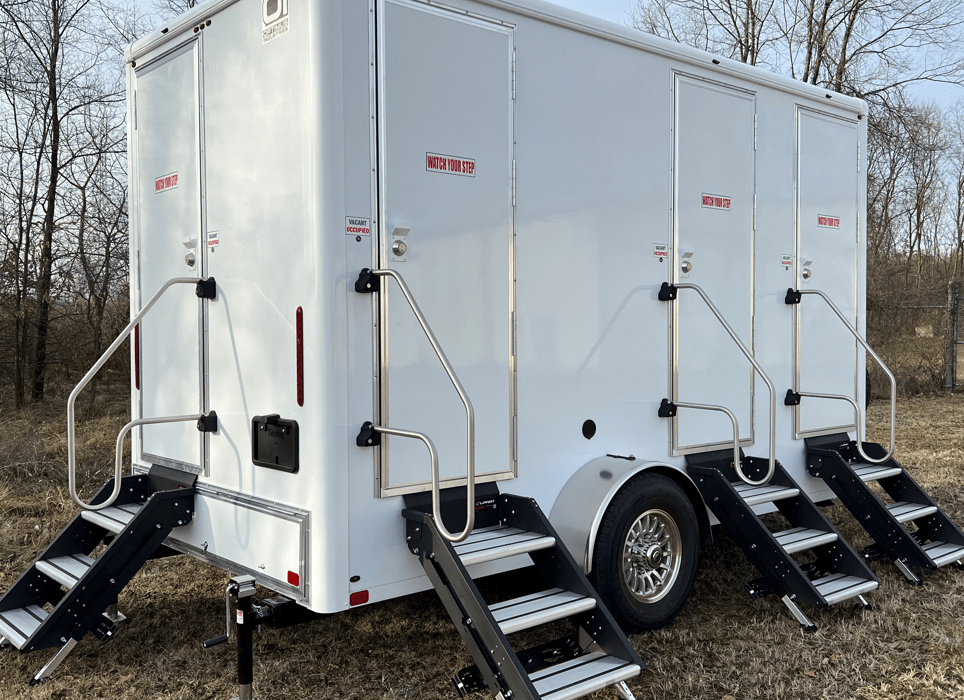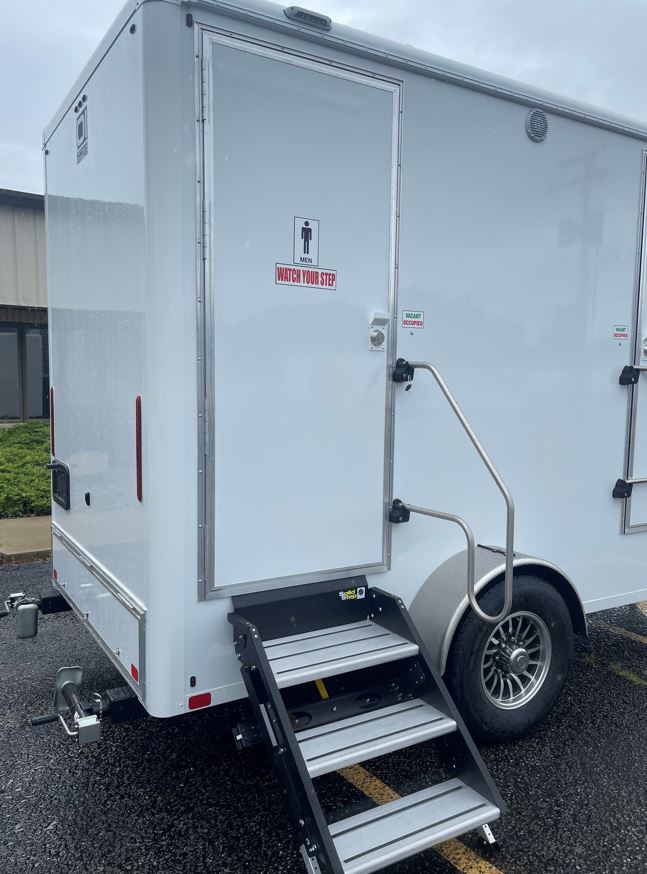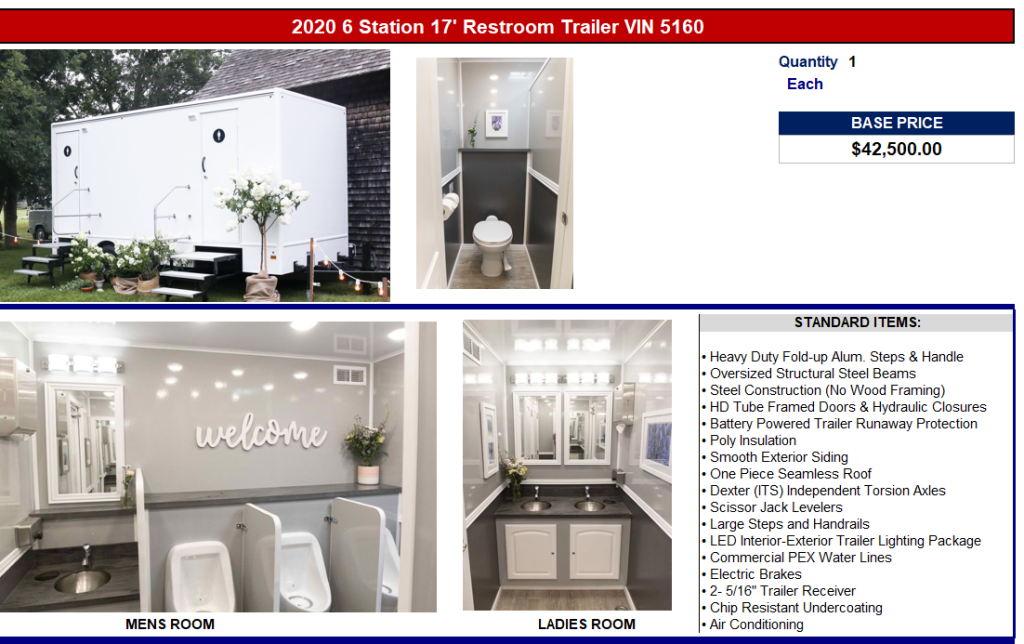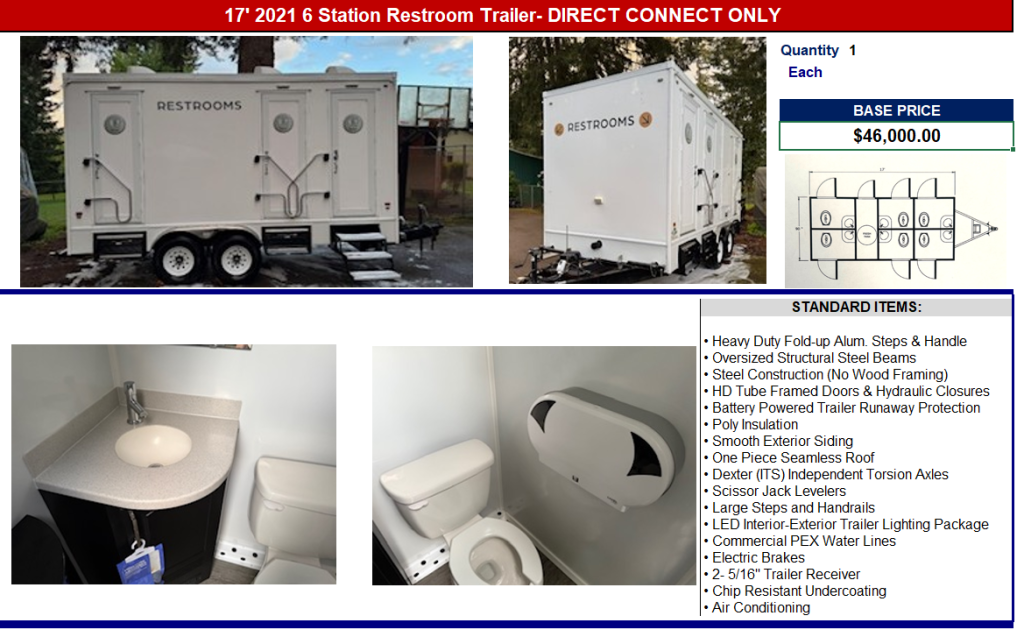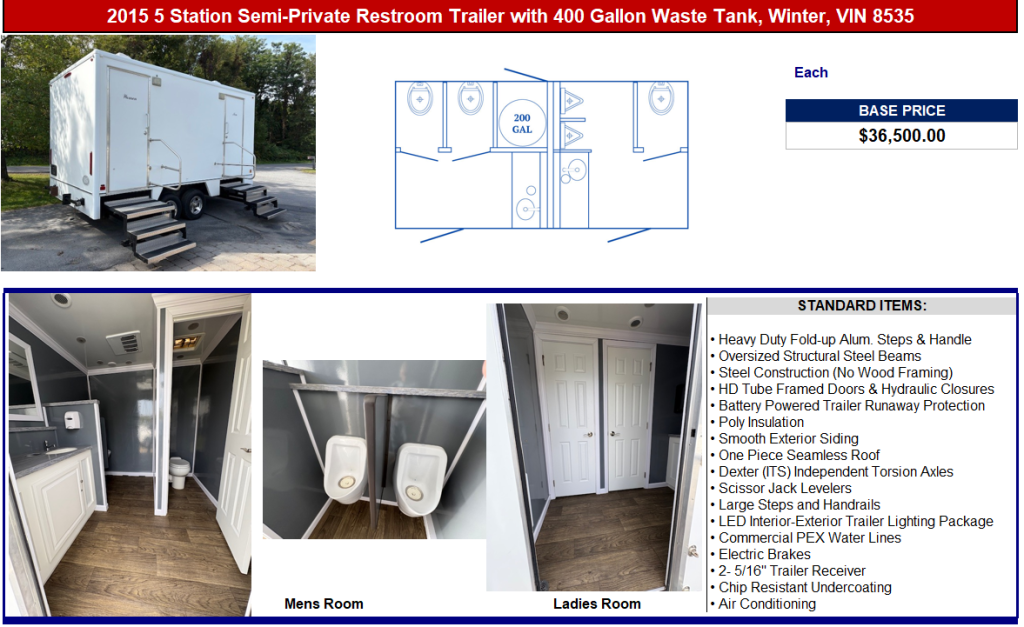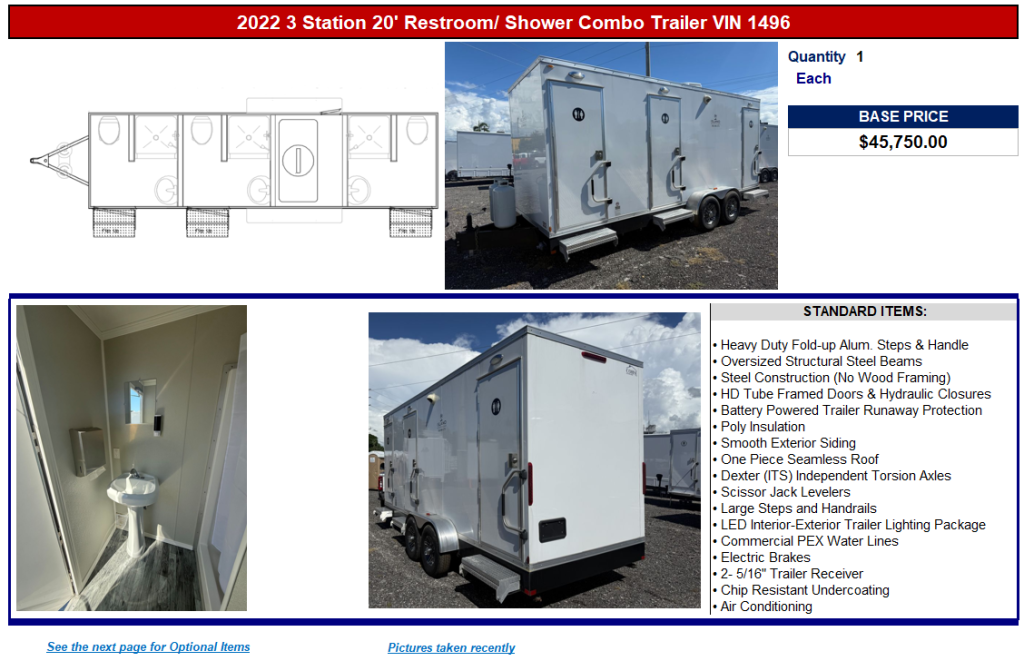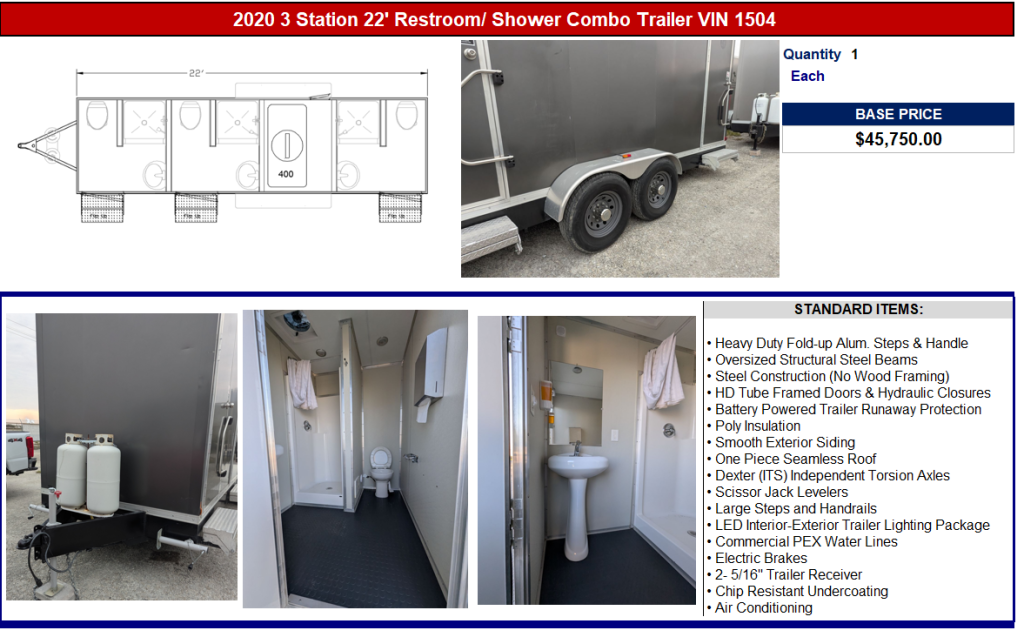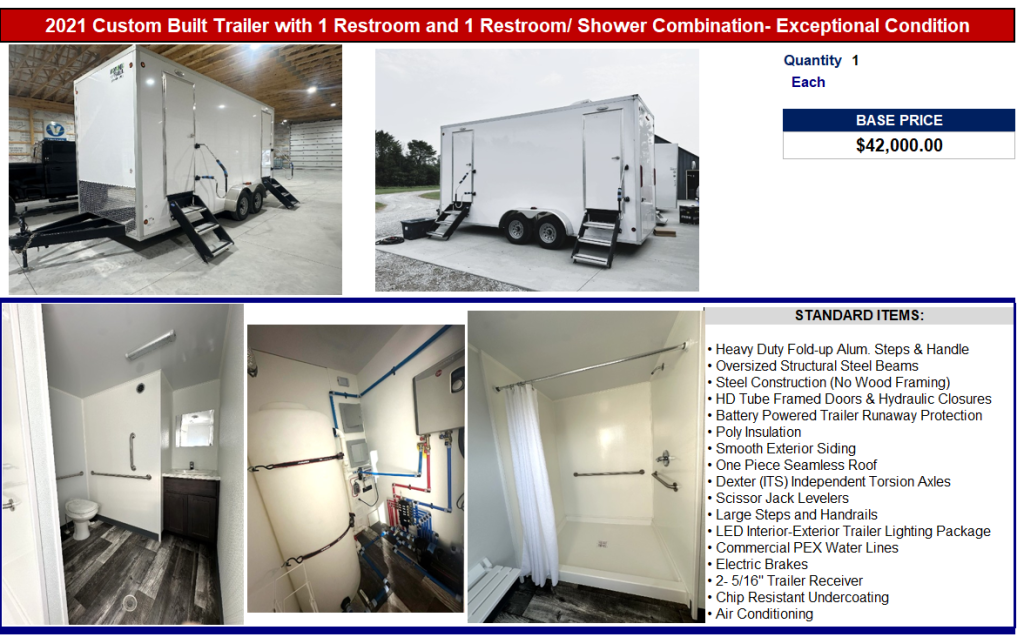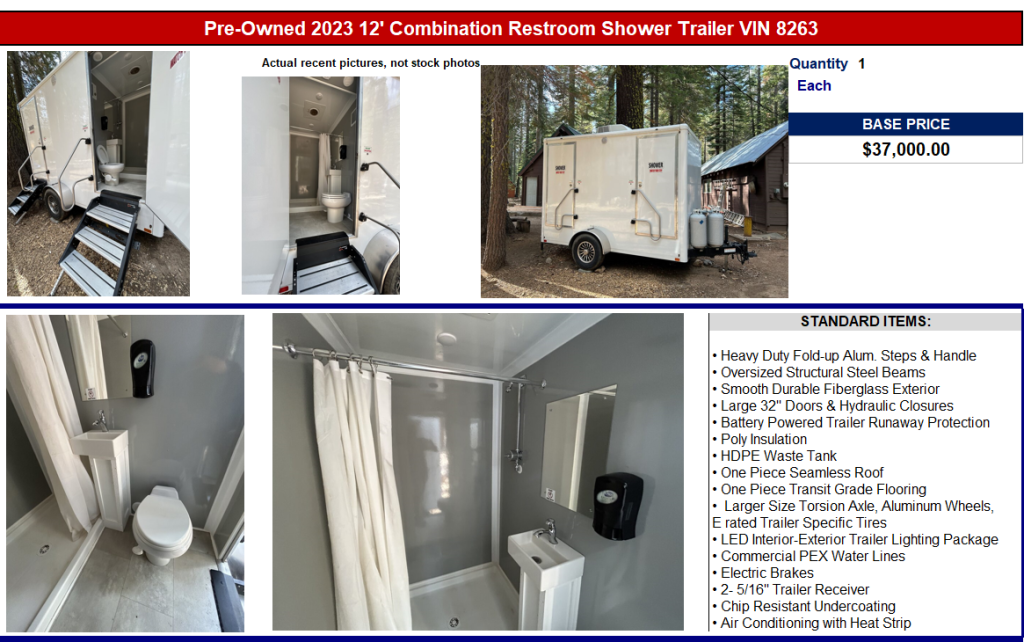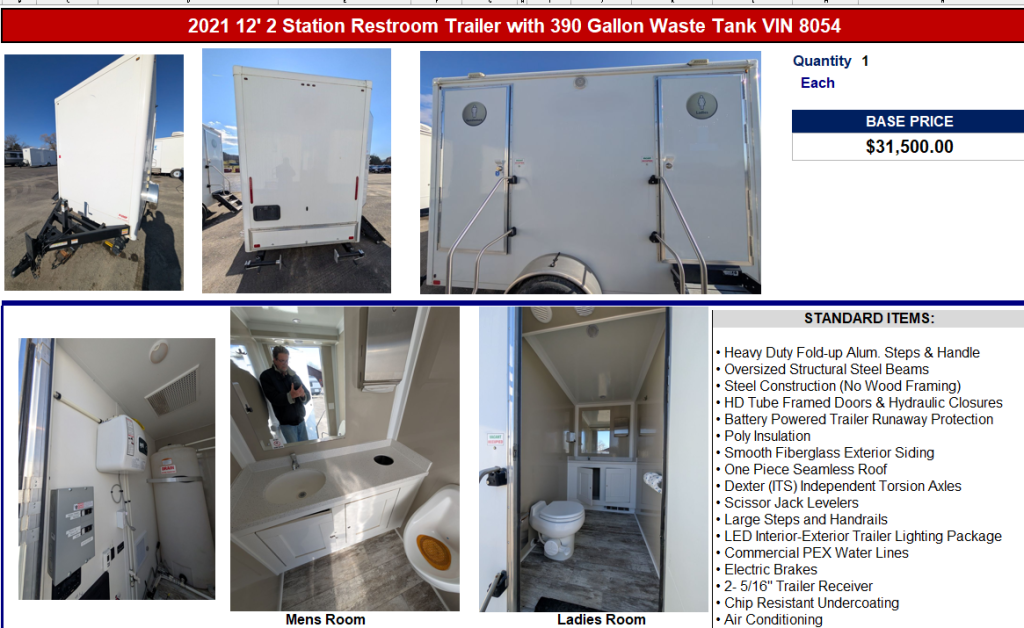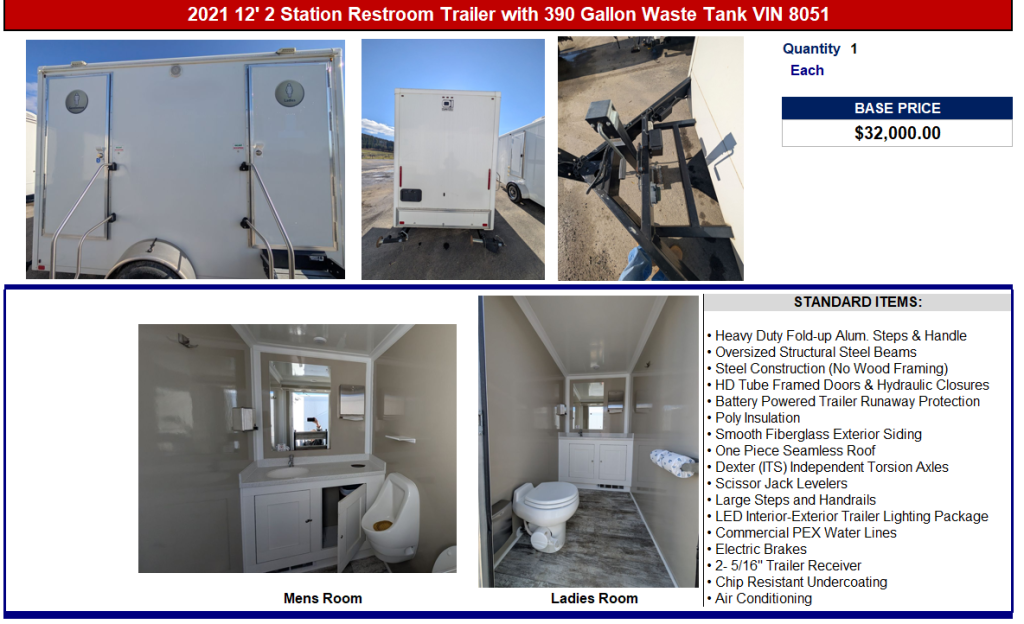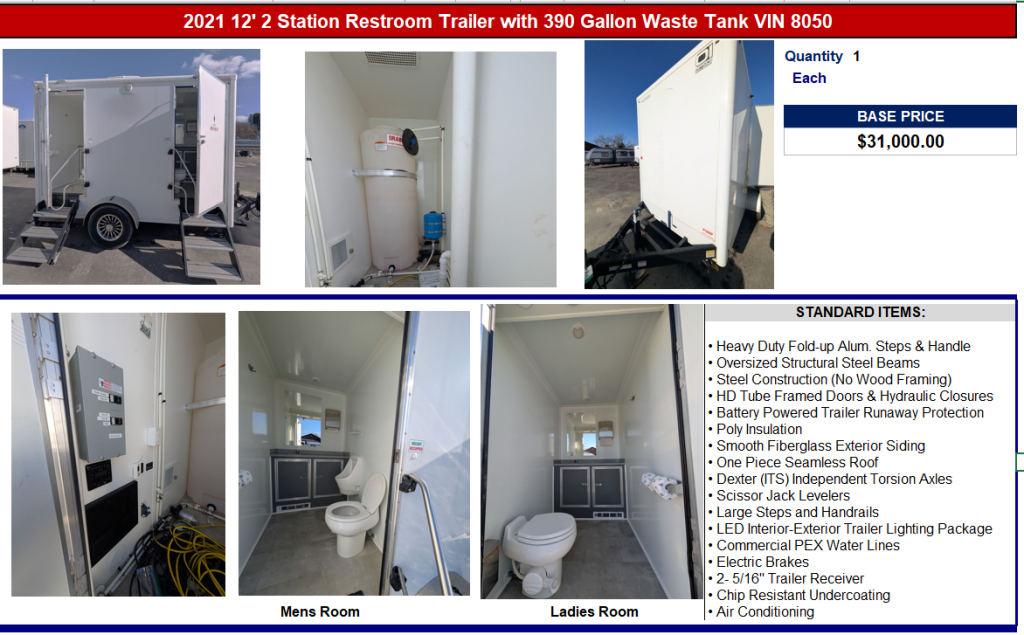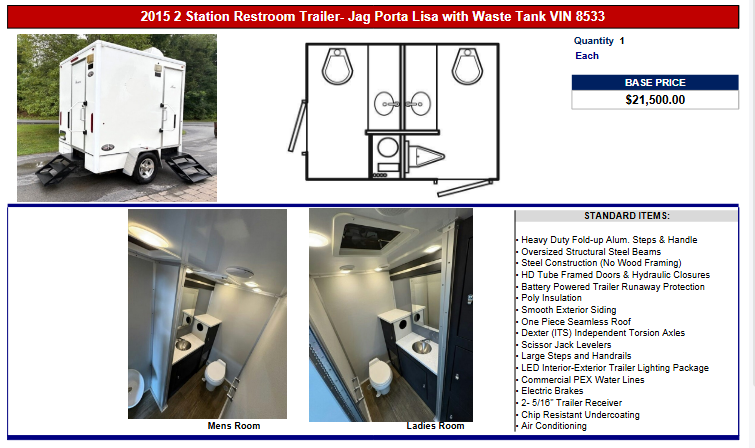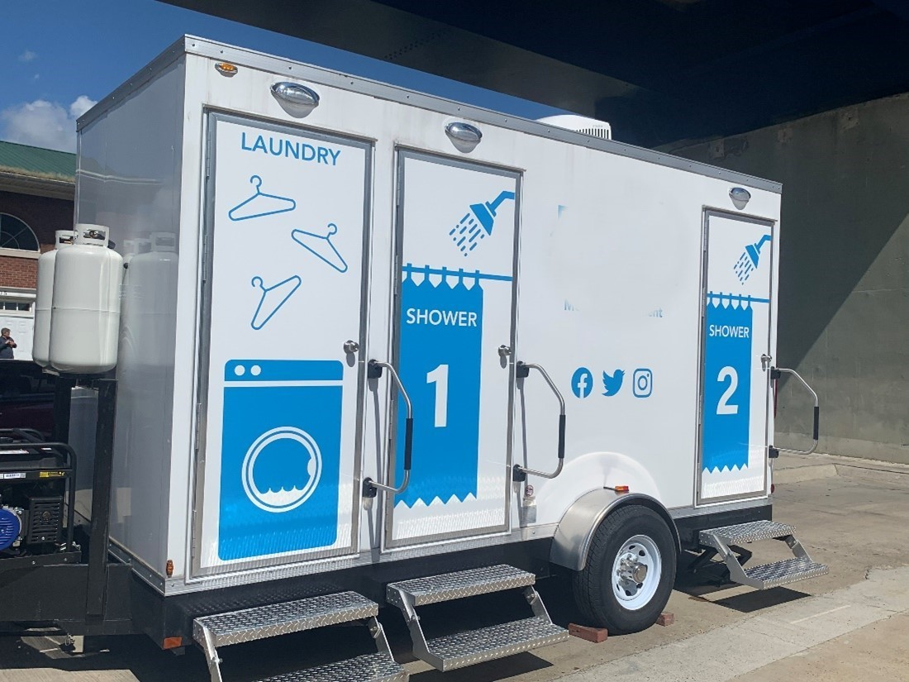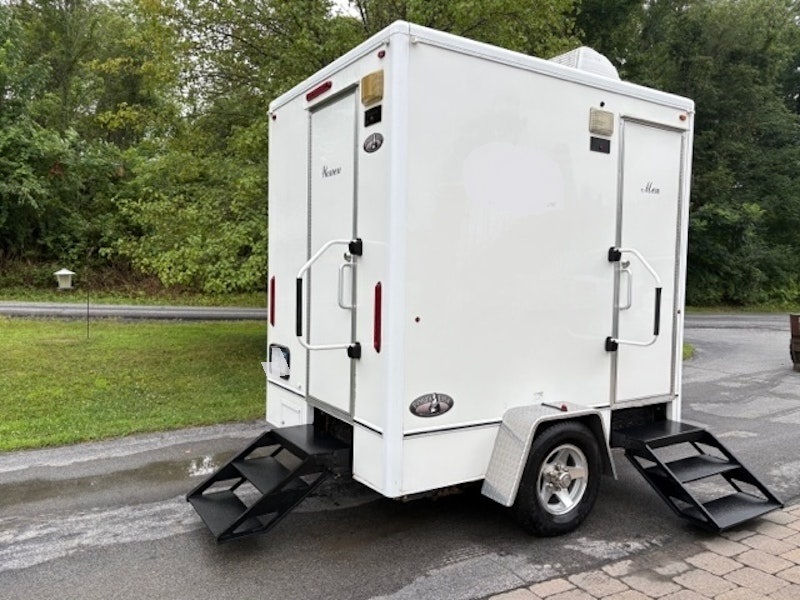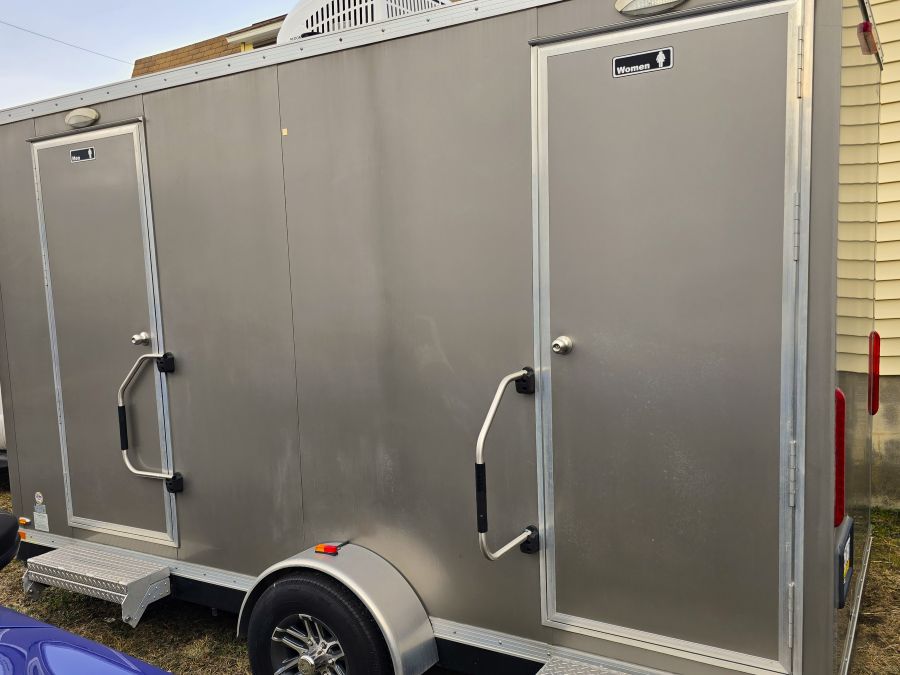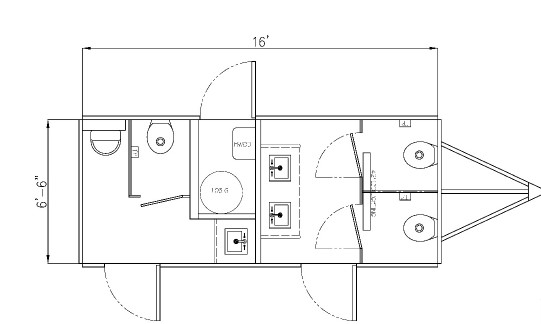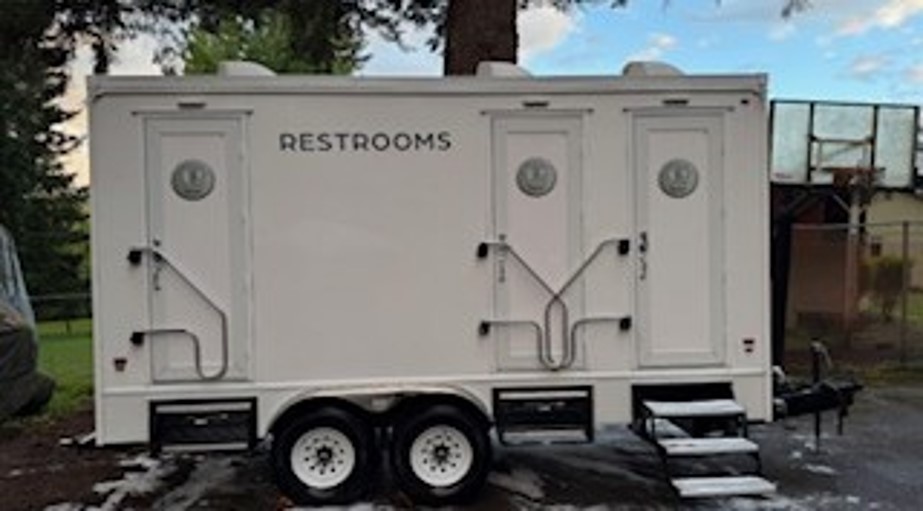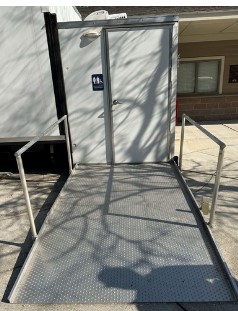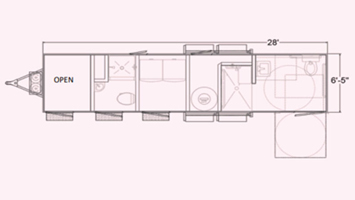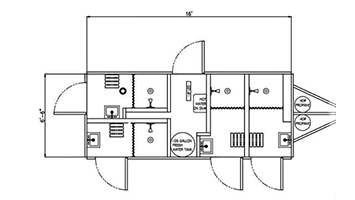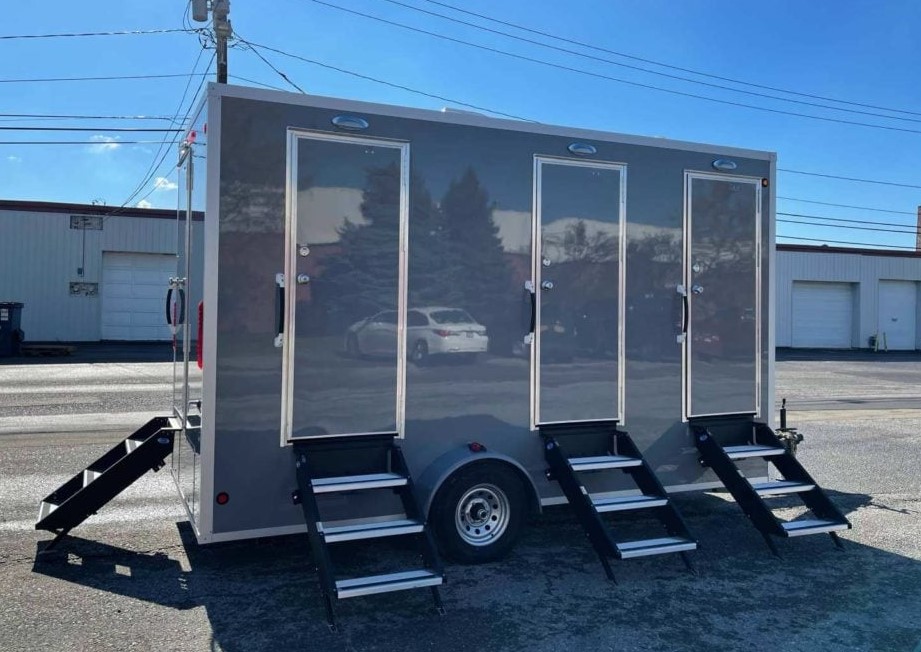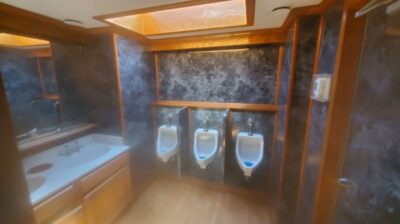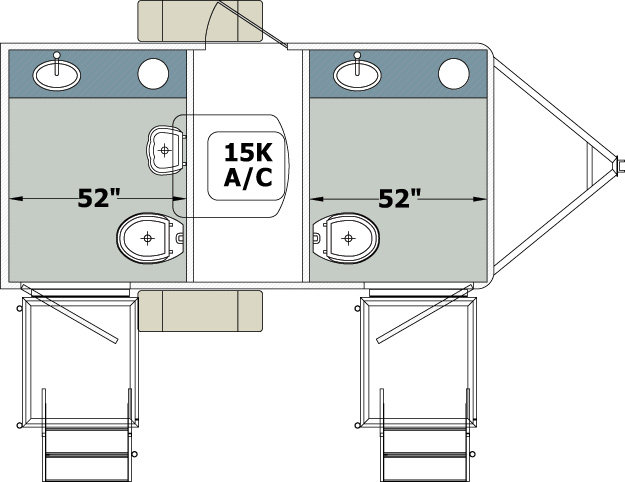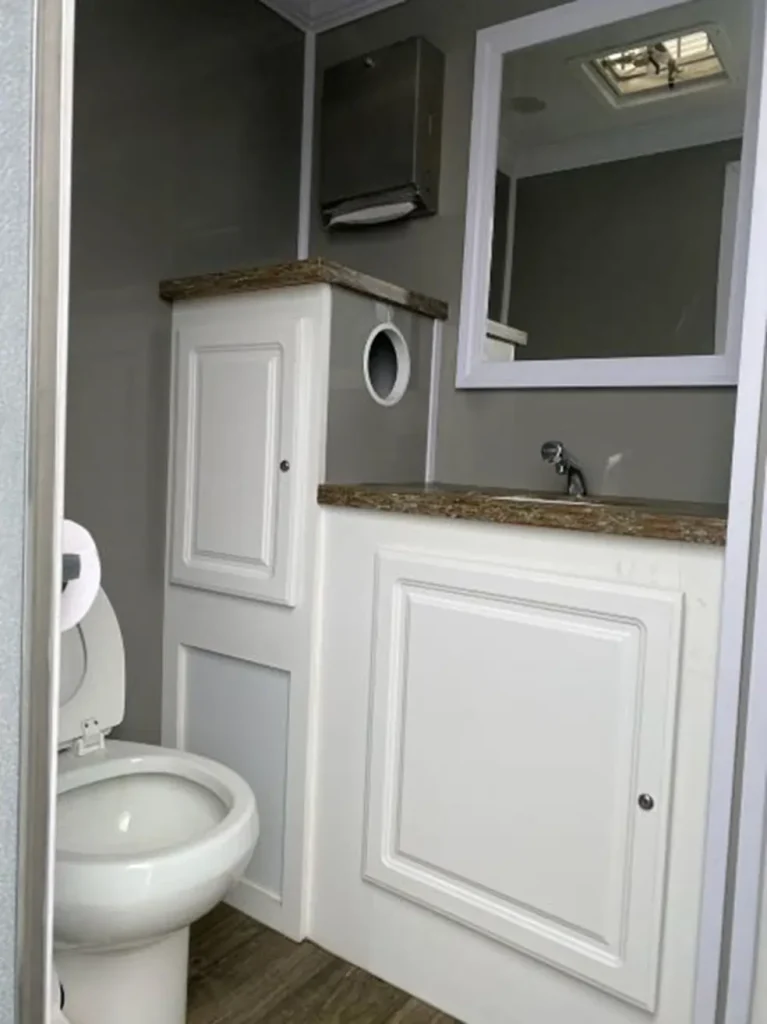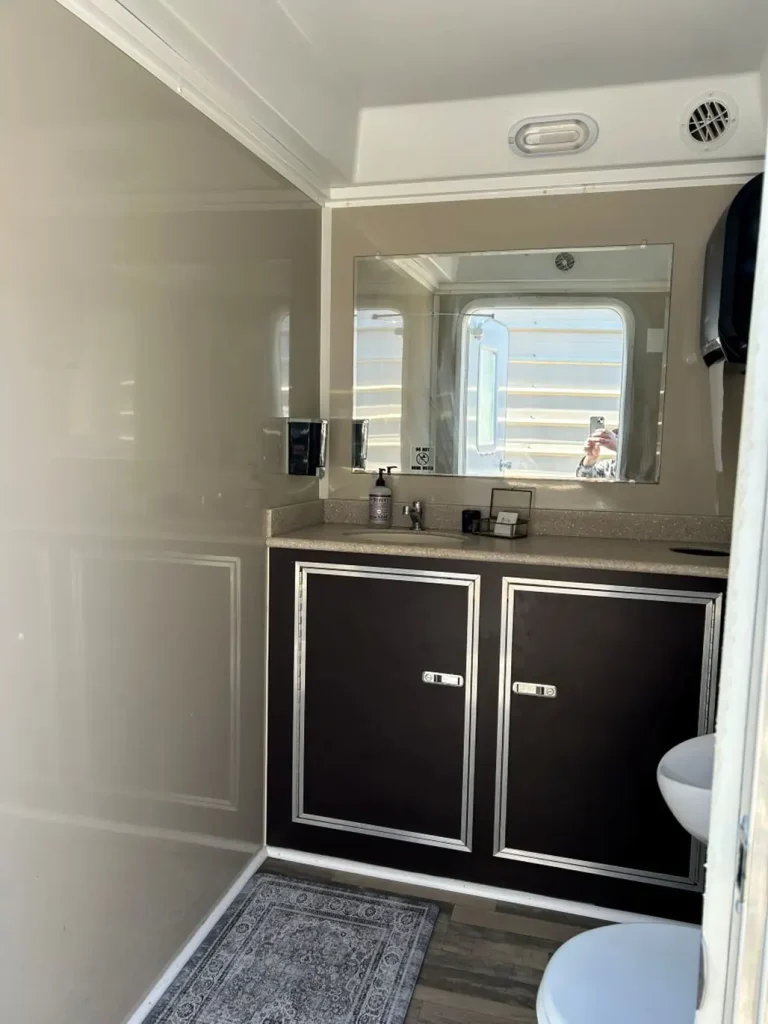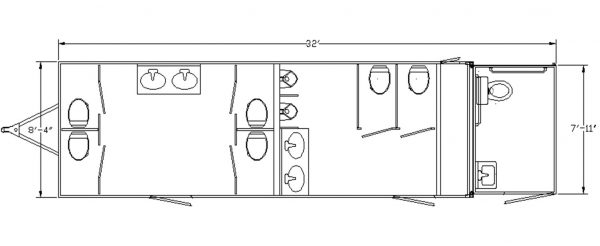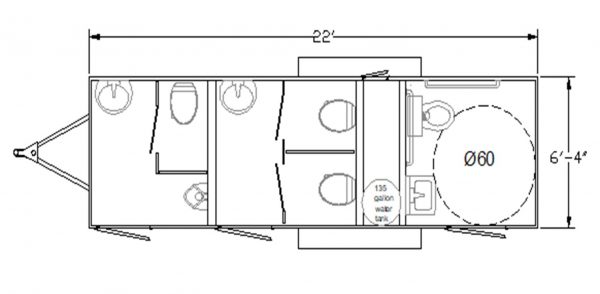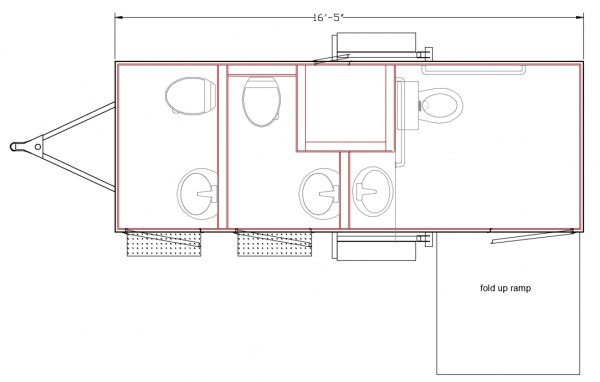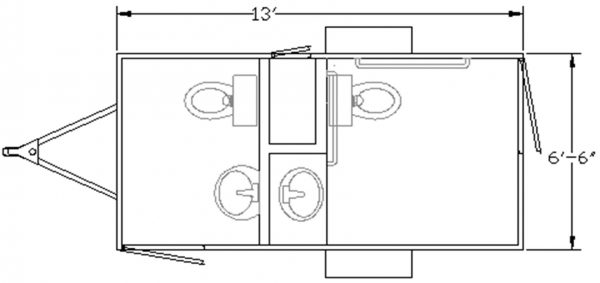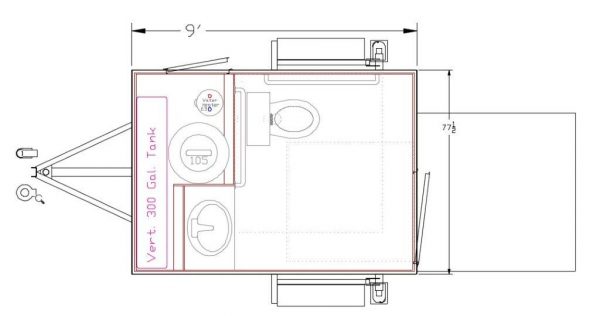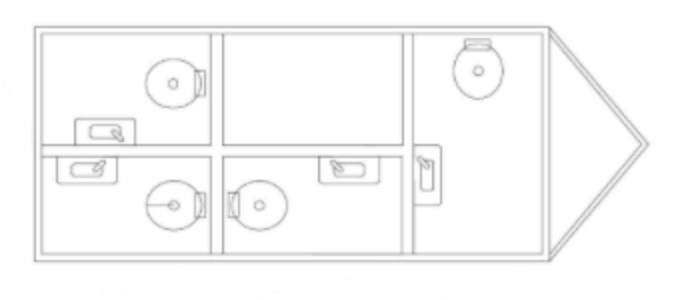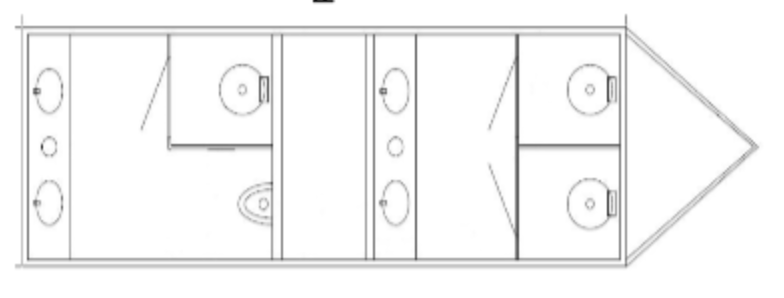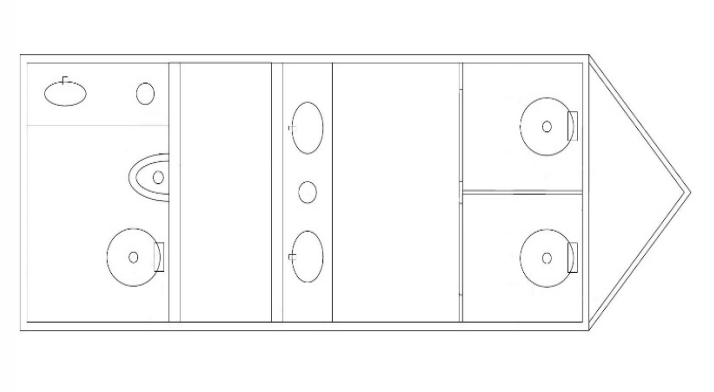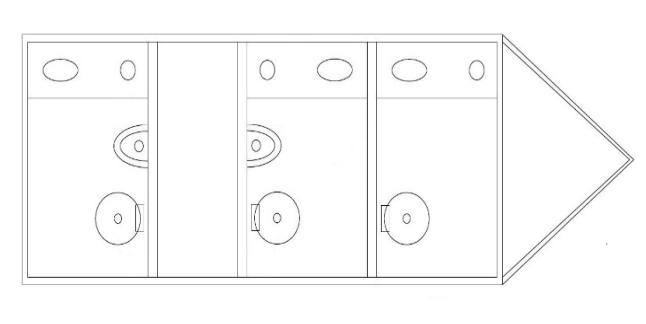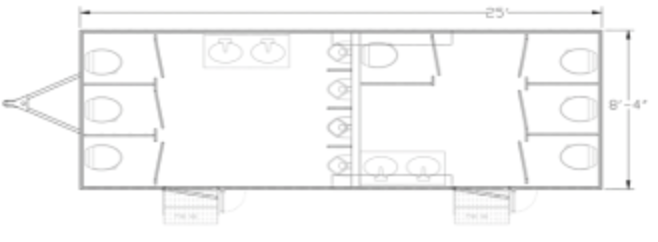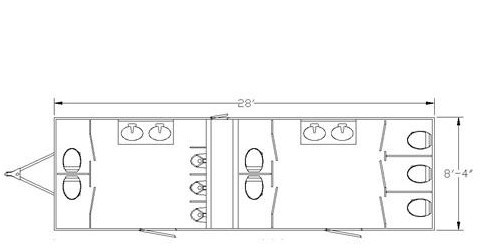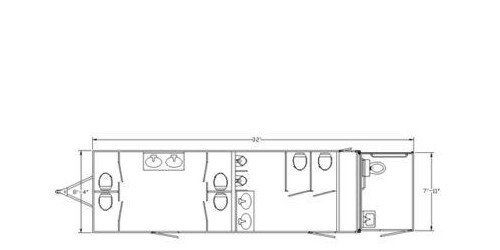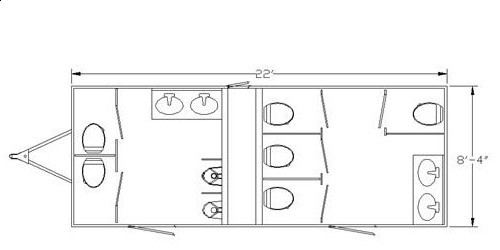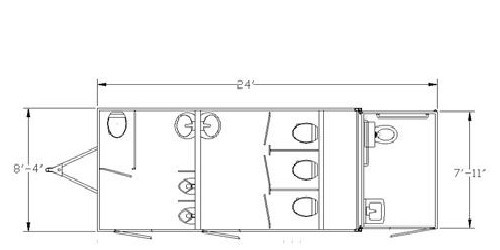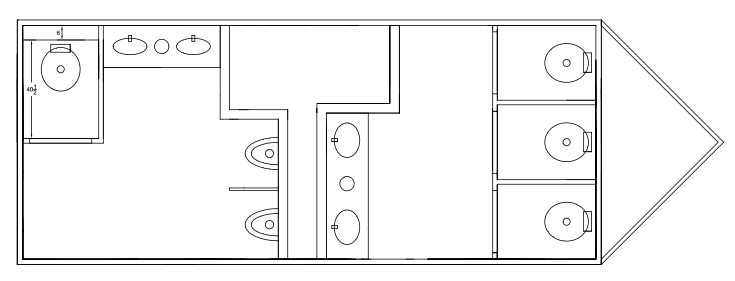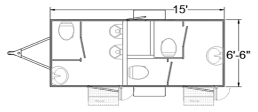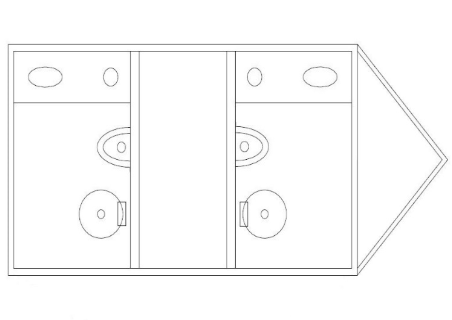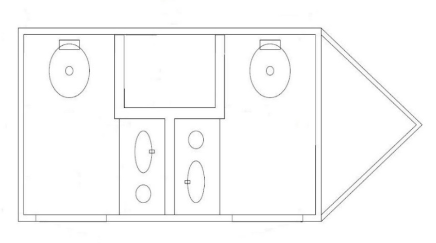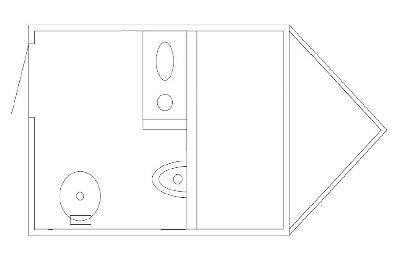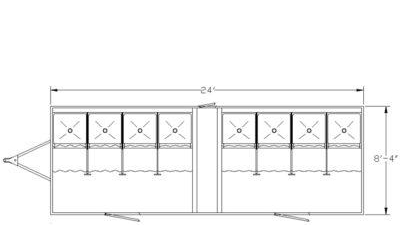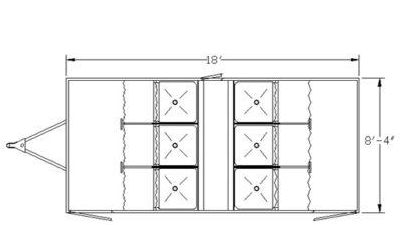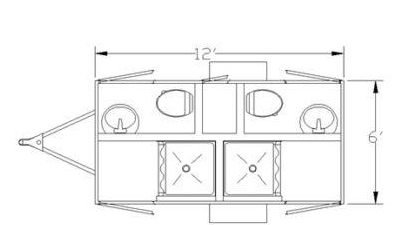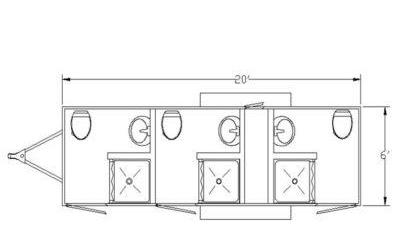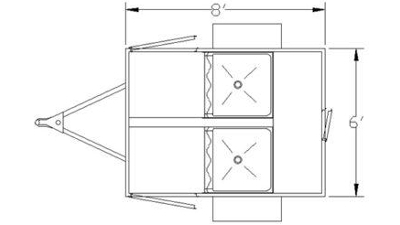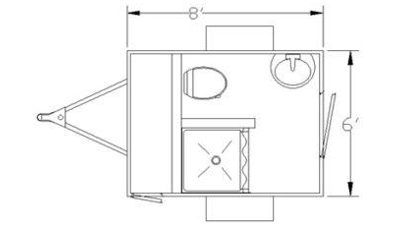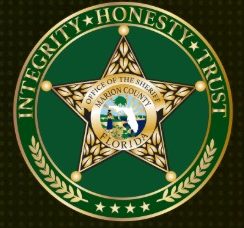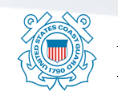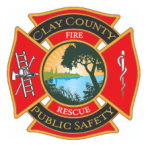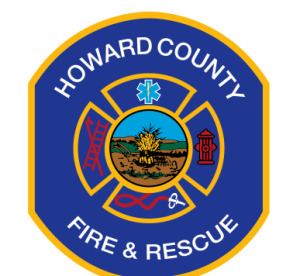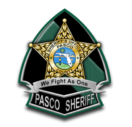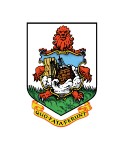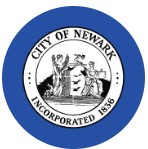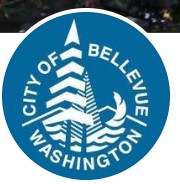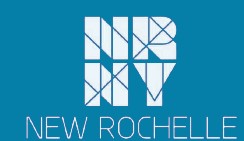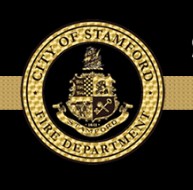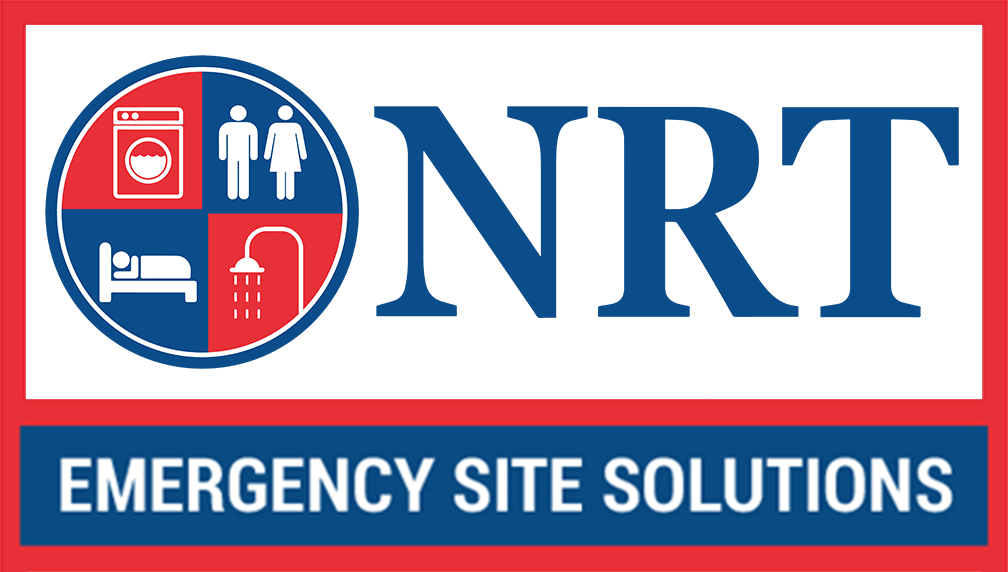The evolution of mobile command technology has revolutionized emergency management across Western New York, Greater Nashville Area, & across the United States, enabling first responders and emergency managers to establish immediate presence at incident scenes while maintaining seamless connectivity with dispatch centers, hospitals, and supporting agencies. Our mobile command trailers incorporate redundant power systems, satellite communications, cellular boosters, and hardwired networking capabilities that ensure uninterrupted operations regardless of local infrastructure damage or overload conditions that often occur during major incidents.
Core Components and Technical Specifications
Every mobile command unit we deliver features carefully integrated systems designed to support extended operations in challenging environments. The communications suite typically includes multiple radio systems operating across VHF, UHF, and 800 MHz frequencies, enabling interoperability between different agencies that may utilize incompatible radio systems. We install sophisticated dispatch consoles that mirror the capabilities found in fixed emergency operations centers, allowing dispatchers and command staff to maintain full operational awareness while coordinating resources across multiple jurisdictions.
The evolution of mobile command technology has revolutionized emergency management across Western New York, Greater Nashville Area, & across the United States, enabling first responders and emergency managers to establish immediate presence at incident scenes while maintaining seamless connectivity with dispatch centers, hospitals, and supporting agencies. Our mobile command trailers incorporate redundant power systems, satellite communications, cellular boosters, and hardwired networking capabilities that ensure uninterrupted operations regardless of local infrastructure damage or overload conditions that often occur during major incidents.
Core Components and Technical Specifications
Every mobile command unit we deliver features carefully integrated systems designed to support extended operations in challenging environments. The communications suite typically includes multiple radio systems operating across VHF, UHF, and 800 MHz frequencies, enabling interoperability between different agencies that may utilize incompatible radio systems. We install sophisticated dispatch consoles that mirror the capabilities found in fixed emergency operations centers, allowing dispatchers and command staff to maintain full operational awareness while coordinating resources across multiple jurisdictions.
Power management remains critical for sustained operations, which is why our command units incorporate automatic transfer switches connecting shore power, onboard generators ranging from 20kW to 50kW capacity, and uninterruptible power supply systems that prevent even momentary disruptions during power source transitions. Climate control systems maintain optimal working conditions for personnel and sensitive electronic equipment, utilizing commercial-grade HVAC units sized to handle extreme temperature variations while maintaining positive pressure to keep contaminants out of the workspace. At our company, we’re proud to offer a strong pre-owned sales division with a wide inventory available for immediate purchase, providing cost-effective solutions for departments working within tight budget constraints.
Applications Across Emergency Services
Fire departments utilize mobile command posts during structure fires, wildland incidents, and hazmat responses where incident commanders need immediate access to building plans, hydrant locations, and resource deployment information. These units become particularly valuable during extended operations where personnel rotation and rehabilitation activities require coordination while maintaining tactical oversight. Law enforcement agencies deploy command vehicles for SWAT operations, dignitary protection details, and major crime scene investigations where secure communications and evidence processing capabilities prove essential.
Emergency management agencies rely on mobile command centers during natural disasters when traditional emergency operations centers become inaccessible or when incidents occur in areas lacking adequate facilities. These units serve as coordination hubs during hurricanes, tornadoes, floods, and other catastrophic events, providing workspace for federal, state, and local officials while facilitating unified command structures. Backed by extensive knowledge of different trailer types and the unique situations they’re suited for, our team helps every customer find the right fit for their needs, whether supporting search and rescue operations, managing evacuation centers, or coordinating utility restoration efforts.
Customization Options and Advanced Features
We understand that each organization faces unique operational challenges, which drives our commitment to delivering customized solutions tailored to specific mission requirements. Our design process begins with comprehensive needs assessment, evaluating factors including:
- Deployment frequency and duration determines generator capacity and fuel storage requirements
- Personnel capacity requirements influence floor plan layout and workstation configuration
- Technology integration needs guide selection of servers, networking equipment, and display systems
- Geographic operating area affects communication system selection and antenna configurations
- Interoperability requirements shape radio system programming and interface capabilities
Advanced features available include pneumatic mast systems extending up to 50 feet for enhanced radio coverage, slide-out sections that double interior workspace, and conference areas equipped with video teleconferencing systems for remote consultation with subject matter experts. With a customer-first approach, we provide free estimates to ensure transparency and value from the start, helping organizations understand exactly what capabilities their investment will deliver.
Supporting Operational Excellence
The integration of mobile command capabilities enhances organizational resilience by ensuring leadership maintains situational awareness and decision-making authority regardless of circumstances. Modern incidents often require coordination between multiple agencies, private sector partners, and volunteer organizations, making standardized command facilities essential for effective unified command implementation. Plus, with nationwide service, we’re ready to deliver reliable solutions wherever you are, providing installation support, training, and ongoing maintenance to ensure your mobile command unit remains mission-ready throughout its operational lifetime.
